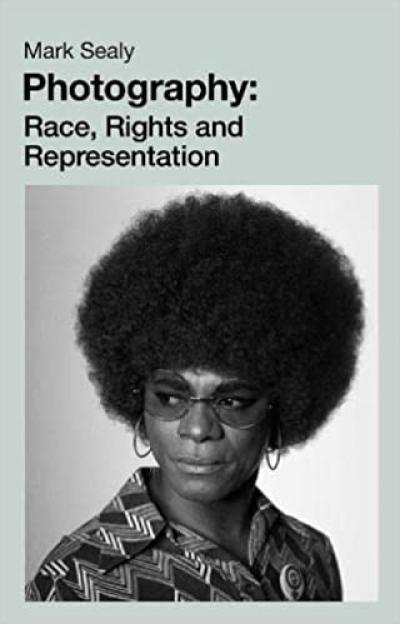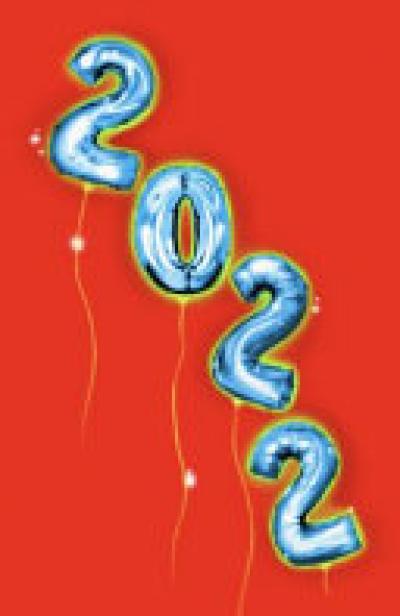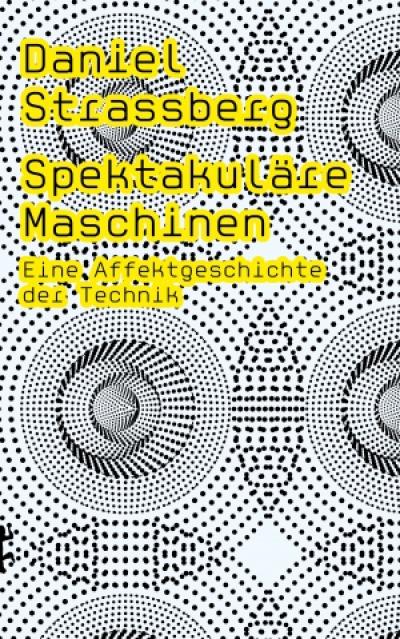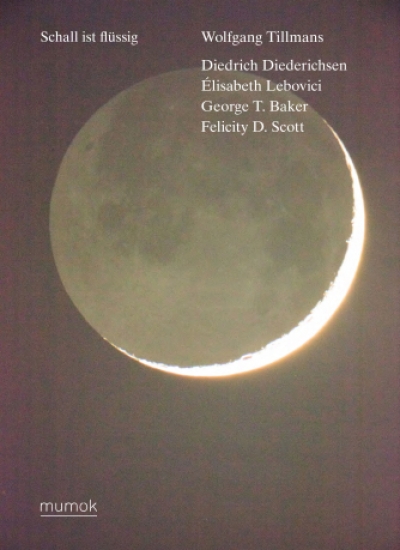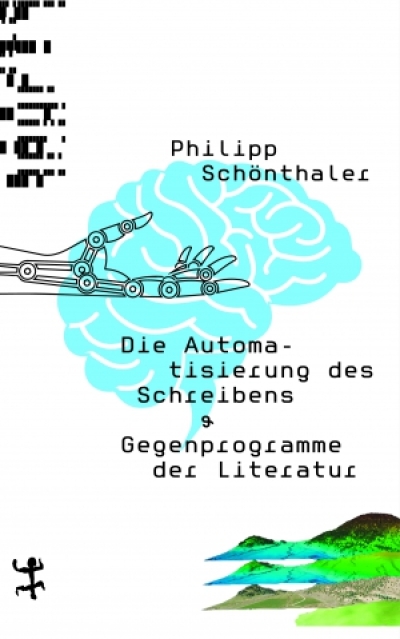
Types We Can Make. A Selection of Contemporary Swiss Type Design
ECAL press release (extract):
This exhibition reflects in detail the methodology established by Pierre Keller for the school, as well as all the factors contributing to its entry into an exclusive circle: that of the world’s ten best art and design schools. Most important is the presence of such world-class contributors and teachers as Ludovic Balland, Cornel Windlin, Jonas Voegeli and NORM (Dimitri Bruni and Manuel Krebs), all fountains of knowledge as to corporate identity (typesetting, logotypes, posters) and type design itself. A learning curve that goes straight to the point!
Also featured are many works by alumni who were able to experiment on their own or with help from ECAL in the different fields of typographic art and the many resulting applications. The works contain actual font designs by Aurèle Sack, Nicolas Eigenheer, Philippe Desarzens, Matthieu Cortat, Emmanuel Rey, Jeremy Schorderet and Ian Party. Maxime Büchi started Sang Bleu, the internationally celebrated magazine; David Keshavjee and Julien Tavelli put their research program to work in their book Typeface as a Program, published by JRP|Ringier and ECAL. Other exhibits include artist monographs, magazines, journals and even logos as designed by Gilles Gavillet and David Rust for rapper Jay-Z’s Roc Nation; digital scripting projects for interactive design by Jürg Lehni and Alex Rich; art direction by FAGETA (Adeline Mollard and Philippe Egger) for Gestalten Verlag, by Annina Mettler for Das Magazin, and by Marie Lusa for Migros Museum für Gegenwartskunst in Zurich. Not to mention poster illustrations by Körner Union (Guy Meldem, Tarik Hayward and Sami Benhadj) and Tatiana Rihs.
[...]
This selection, curated by François Rappo and Pierre Keller, is proof of the wide palette of design and typography in which former ECAL students excel. Thanks to this golden generation, Swiss excellence in graphic design still has many bright days ahead of it: you can be sure that Swiss typography will continue to be spelled out in capital letters!
MIT press release (extract)
“Because the teaching of the craft is once again being taken seriously, and consequently it is debated how to set type in a powerful way that establishes meaning, there is a great deal of experimentation in Switzerland at the moment. Many new typefaces are being created…graphic designers and type designers are talking to each other again,”says designer Jonas Vögeli.
With the explosion of digital media and international communications, the importance of type design has risen from a practice of craft, to an exacting and principled art form, one that has attracted new designers and artists to the field. Swiss designers, in particular, have historically contributed to the development of modern type, (Helvetica was created in 1957 by a team of Swiss designers) and their legacy is explored in this exhibition as new designers draw on the past. ECAL Director Pierre Keller explains, “Swiss excellence in graphic design still has many bright days ahead of it: you can be sure that Swiss typography will continue to be spelled out in capital letters!”
Along with expanding opportunities for creatively using letters as the substrate in messaging, exposing art, and publicizing new products, has come an elevation in the art world of the designers themselves. World-class contributors who work internationally – professors, students and practicing graphic designers – come together in this unique exhibition of new work and new ideas.










